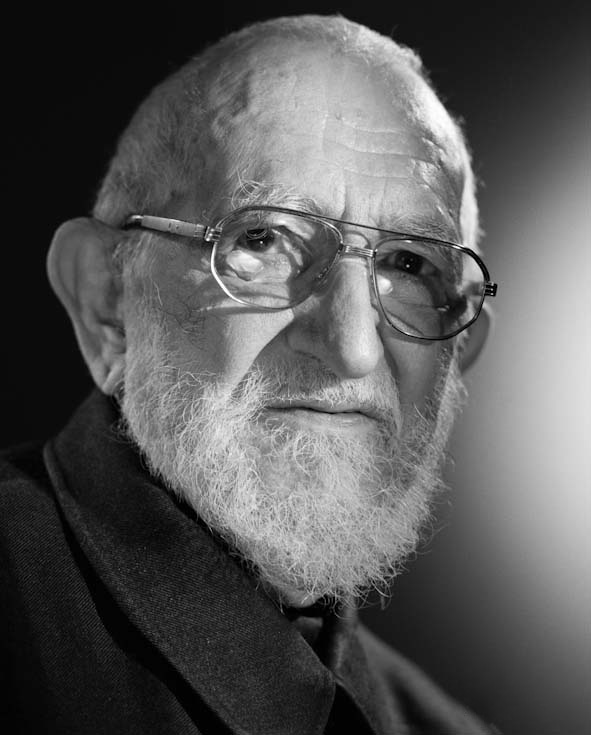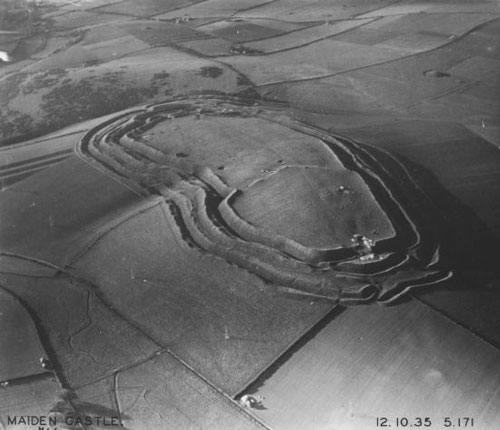|
Fort Of Planoise
The fort of Planoise is a fortification located on the summit of the hill of Planoise, in Besançon (Franche-Comté, France). Although its location was extremely strategic, the fort was not used during either the first or the second World War. History The monument was built in 1877 to 1882, on the summit of the hill of Planoise (at 490m), to defend the city of Besançon. In the 1930s the fort was abandoned, and in 1949 Emmaus homeless charity rented the Planoise fort for offices. Gallery File:Fort de Planoise 2.JPG, A piece of the monument File:Fort de Planoise entrée principale.JPG, Principal entry of the fort File:Fort de Planoise entrée secondaire.JPG, Secondary entry File:Fort de Planoise.JPG, General view of the monument See also * Fort References {{Reflist Buildings and structures in Besançon Planoise Planoise () is an urban area in the western part of Besançon, France, built in the 1960s between the hill of Planoise and the district of Hauts-de-Ch ... [...More Info...] [...Related Items...] OR: [Wikipedia] [Google] [Baidu] |
Besançon
Besançon (, , , ; archaic german: Bisanz; la, Vesontio) is the prefecture of the department of Doubs in the region of Bourgogne-Franche-Comté. The city is located in Eastern France, close to the Jura Mountains and the border with Switzerland. Capital of the historic and cultural region of Franche-Comté, Besançon is home to the Bourgogne-Franche-Comté regional council headquarters, and is an important administrative centre in the region. It is also the seat of one of the fifteen French ecclesiastical provinces and one of the two divisions of the French Army. In 2019 the city had a population of 117,912, in a metropolitan area of 280,701, the second in the region in terms of population. Established in a meander of the river Doubs, the city was already important during the Gallo-Roman era under the name of ''Vesontio'', capital of the Sequani. Its geography and specific history turned it into a military stronghold, a garrison city, a political centre, and a religiou ... [...More Info...] [...Related Items...] OR: [Wikipedia] [Google] [Baidu] |
Planoise
Planoise () is an urban area in the western part of Besançon, France, built in the 1960s between the hill of Planoise and the district of Hauts-de-Chazal. It is the most populous district of Besançon, with 21,000 inhabitants (17% of the total inhabitants). Its inhabitants are called ''Planoisiens'' and ''Planoisiennes''. The area is constantly changing and developing. Despite difficult economic and social conditions, Planoise has become a commercial crossroads and a multicultural sector; the area is home to people from over 50 different cultural origins. It is a highly urbanized area (8,700 inhabitants per square kilometer) with few monuments or sites of interest, but the area contains notable buildings like the Departmental archives of Doubs and the Statue of Diversity. History The first traces of life in Planoise date back to 3000 BCE, during the Middle Paleolithic era. Objects were found in the Epoisses area during archaeological excavations, including a flint point dat ... [...More Info...] [...Related Items...] OR: [Wikipedia] [Google] [Baidu] |
Franche-Comté
Franche-Comté (, ; ; Frainc-Comtou: ''Fraintche-Comtè''; frp, Franche-Comtât; also german: Freigrafschaft; es, Franco Condado; all ) is a cultural and historical region of eastern France. It is composed of the modern departments of Doubs, Jura, Haute-Saône and the Territoire de Belfort. In 2016, its population was 1,180,397. From 1956 to 2015, the Franche-Comté was a French administrative region. Since 1 January 2016, it has been part of the new region Bourgogne-Franche-Comté. The region is named after the ' ( Free County of Burgundy), definitively separated from the region of Burgundy proper in the fifteenth century. In 2016, these two-halves of the historic Kingdom of Burgundy were reunited, as the region of Bourgogne-Franche-Comté. It is also the 6th biggest region in France. The name "Franche-Comté" is feminine because the word "comté" in the past was generally feminine, although today it is masculine. The principal cities are the capital Besançon, Belfo ... [...More Info...] [...Related Items...] OR: [Wikipedia] [Google] [Baidu] |
Emmaus (charity)
Emmaus (french: Emmaüs, ) is an international solidarity movement founded in Paris in 1949 by Catholic priest and Capuchin friar Abbé Pierre to combat poverty and homelessness. Since 1971 regional and national initiatives have been grouped under a parent organization, Emmaus International, now run by Jean Rousseau, representing 350 groups in 37 countries, offering a range of charitable services. Emmaus is a secular organisation, but communities around the world have kept the name because of its symbolism. The biblical story, found in the Gospel of Luke, describes how two men saw the resurrected Jesus on the road to the town of Emmaus, and so regained hope. The organization's guiding principle can be found in the Universal Manifesto of Emmaus International: History The first Emmaus Community was founded by Father Henri-Antoine Groues (known as Abbé Pierre) in Paris in 1949. The former Resistance member was also an MP who fought to provide accommodation for the homeless pe ... [...More Info...] [...Related Items...] OR: [Wikipedia] [Google] [Baidu] |
Fort
A fortification is a military construction or building designed for the defense of territories in warfare, and is also used to establish rule in a region during peacetime. The term is derived from Latin ''fortis'' ("strong") and ''facere'' ("to make"). From very early history to modern times, defensive walls have often been necessary for cities to survive in an ever-changing world of invasion and conquest. Some settlements in the Indus Valley civilization were the first small cities to be fortified. In ancient Greece, large stone walls had been built in Mycenaean Greece, such as the ancient site of Mycenae (famous for the huge stone blocks of its ' cyclopean' walls). A Greek '' phrourion'' was a fortified collection of buildings used as a military garrison, and is the equivalent of the Roman castellum or English fortress. These constructions mainly served the purpose of a watch tower, to guard certain roads, passes, and borders. Though smaller than a real fortress, the ... [...More Info...] [...Related Items...] OR: [Wikipedia] [Google] [Baidu] |
Buildings And Structures In Besançon
A building, or edifice, is an enclosed structure with a roof and walls standing more or less permanently in one place, such as a house or factory (although there's also portable buildings). Buildings come in a variety of sizes, shapes, and functions, and have been adapted throughout history for a wide number of factors, from building materials available, to weather conditions, land prices, ground conditions, specific uses, prestige, and aesthetic reasons. To better understand the term ''building'' compare the list of nonbuilding structures. Buildings serve several societal needs – primarily as shelter from weather, security, living space, privacy, to store belongings, and to comfortably live and work. A building as a shelter represents a physical division of the human habitat (a place of comfort and safety) and the ''outside'' (a place that at times may be harsh and harmful). Ever since the first cave paintings, buildings have also become objects or canvasses of much artist ... [...More Info...] [...Related Items...] OR: [Wikipedia] [Google] [Baidu] |
Forts In France
A fortification is a military construction or building designed for the defense of territories in warfare, and is also used to establish rule in a region during peacetime. The term is derived from Latin ''fortis'' ("strong") and ''facere'' ("to make"). From very early history to modern times, defensive walls have often been necessary for cities to survive in an ever-changing world of invasion and conquest. Some settlements in the Indus Valley civilization were the first small cities to be fortified. In ancient Greece, large stone walls had been built in Mycenaean Greece, such as the ancient site of Mycenae (famous for the huge stone blocks of its ' cyclopean' walls). A Greek '' phrourion'' was a fortified collection of buildings used as a military garrison, and is the equivalent of the Roman castellum or English fortress. These constructions mainly served the purpose of a watch tower, to guard certain roads, passes, and borders. Though smaller than a real fortress, the ... [...More Info...] [...Related Items...] OR: [Wikipedia] [Google] [Baidu] |



